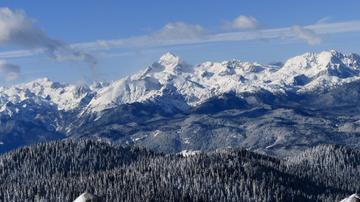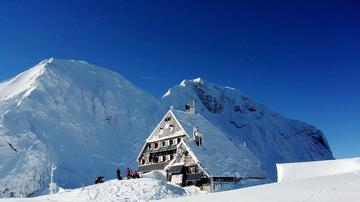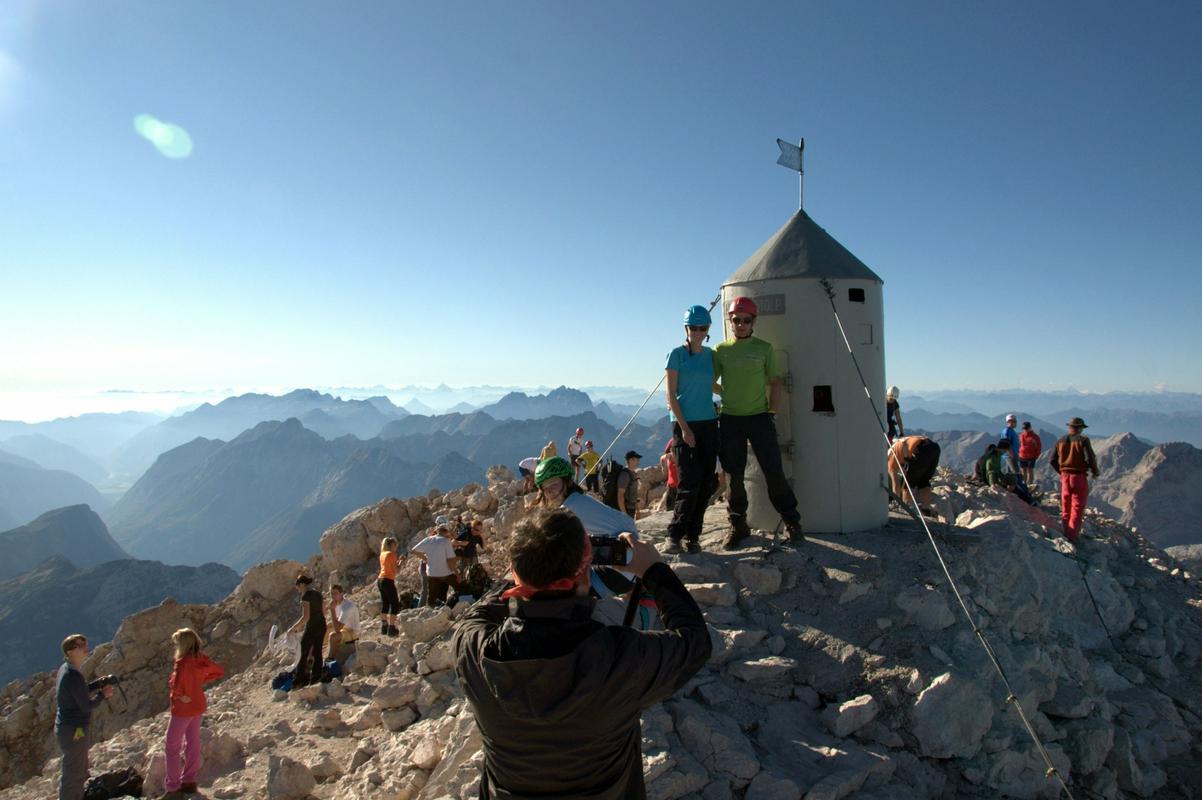
The tower was built at the top of the Triglav in the heart of the Julian Alps, by priest Jakob Aljaž from the village of Dovje near Mojstrana.
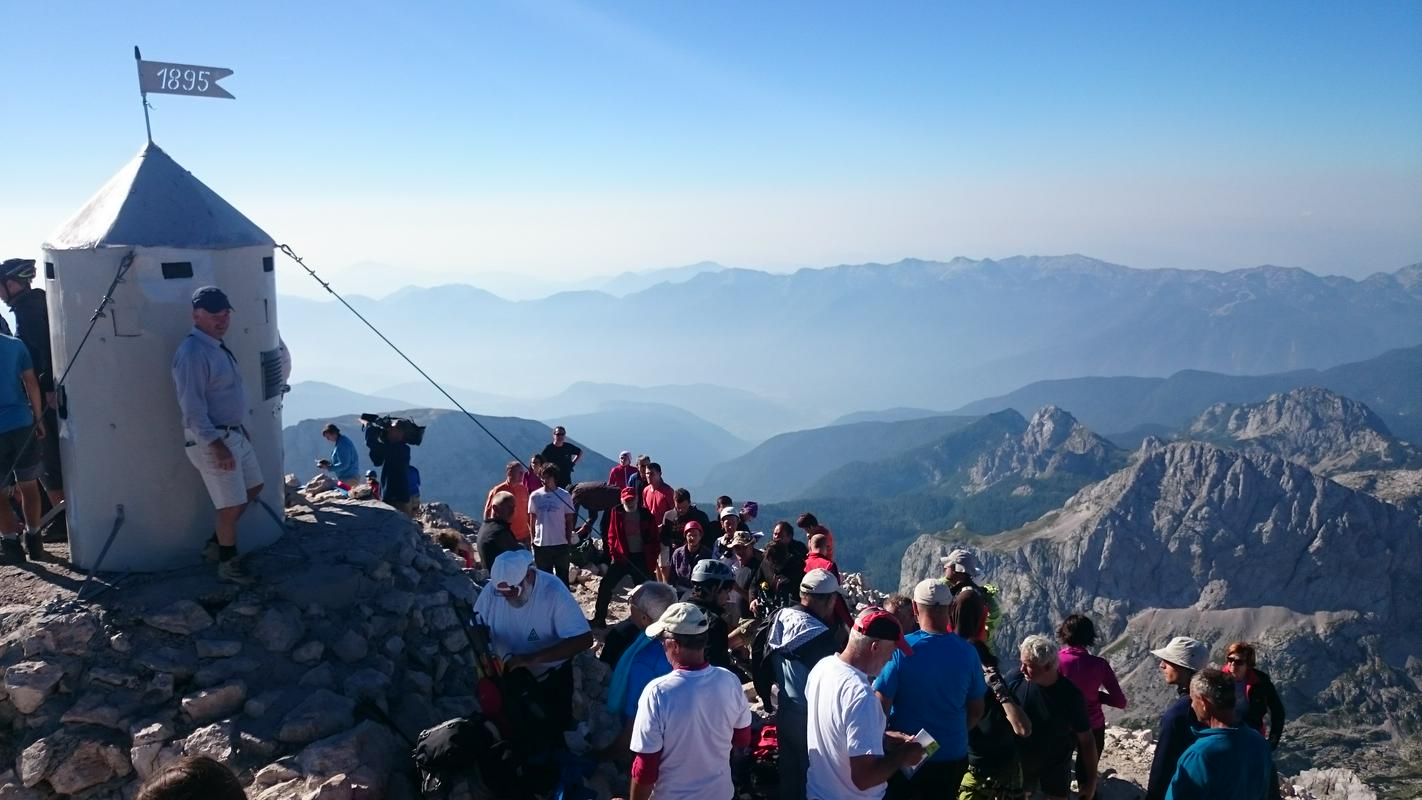
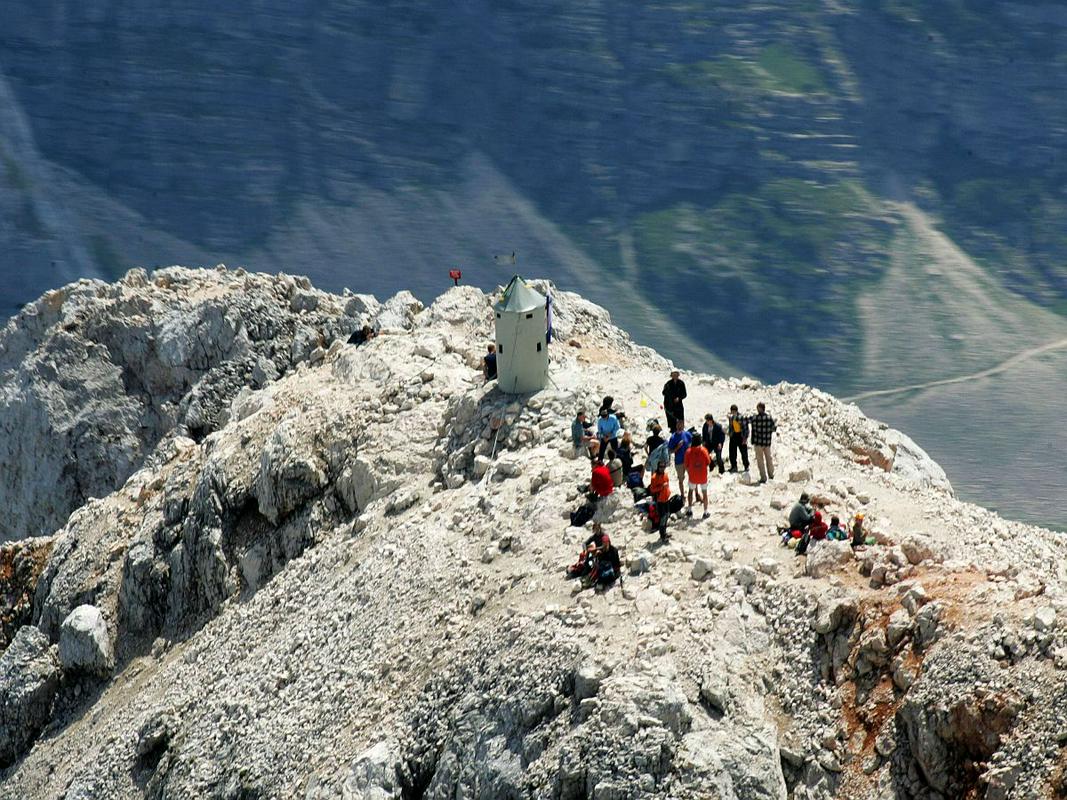
Jakob Aljaž also designed the plans for the tower, which was then constructed by his friend Anton Belec, a tinsmith from Šentvid near Ljubljana. Belec built the tower in six parts made from thick galvanized sheet steel.
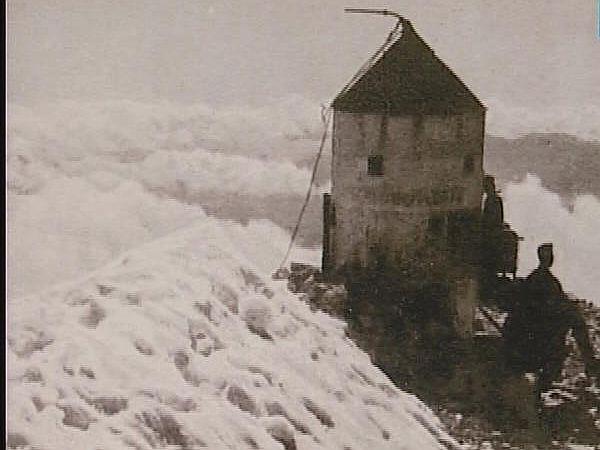
During all these years, it has defiantly withstood the weather and wars, but also the great number of mountaineers who make their way to the summit each year. When you arrive breathless at the top, it is hard to escape the feeling that this metal shelter has a soul.
A story of the tower at the top of Triglav
The tower was built at the top of the Triglav in the heart of the Julian Alps, by priest Jakob Aljaž from the village of Dovje near Mojstrana. He was a great patriot who wanted to resist the Germanization of the Slovenian people in the 19th century at the time of the Austria- Hungary Empire. In this period, Slovenians fought as a nation to establish their own identity while facing the enormous pressure of the Germanization. As Triglav even at that time represented a symbol of the Slovenian nation, the patriotic priest wanted to make sure it stayed a part of Slovenia. In fact, he noticed that many foreigners were interested in the Slovenian mountains. Jakob Aljaž bought the top of Triglav for one Austro-Hungarian gulden, with the purpose of erecting a tower.
He also designed the plans for the tower, which was then constructed by his friend Anton Belec, a tinsmith from Šentvid near Ljubljana. Belec built the tower in six parts made from thick galvanized sheet steel. The parts, each weighing from 15 to 20 kilos, were carried to the summit of Triglav by six bearers within one week. Unlike the land, the tower was significantly more expensive as Aljaž paid 300 Austro-Hungarian guldens for the manufacture and erection of the tower at the top of Triglav. Two original inscriptions are still visible on the tower – the year and the name of the tower (Slovenian: Aljažev stolp), which was the first inscription in the Slovenian language on Mount Triglav and in its surrounding area. The grand opening took place on 7th August 1895.
The erection of the tower at the top of Triglav also had some legal consequences for Aljaž – some German organisations filed a legal dispute with the goal of demolishing the tower. After the legal matters were settled, Aljaž handed the tower into management to the Slovene Alpine Society. This important society continued to maintain the tower after 1948, when its name was changed into the Ljubljana Matica Alpine Society and the Alpine Association of Slovenia was established. Today, the Aljaž Tower is a cultural monument of national significance.
How to preserve the heritage?
At the 120th anniversary of the time when the tower was erected at the top of the highest Slovenian mountain, many stories related to the history of the tower came to light. After the Germans failed to pull it down, a proper "painting war" took place here after the First World War: first, the Slovenians painted it in their national colours, then the Italians in theirs. After the Second World War, the tower was painted red, and later it was painted white as part of a film set. A reliable X-ray examination showed that the Aljaž Tower had been covered with at least a dozen of different colour layers. Today, irresponsible mountaineers, tourists and corrosion pose the greatest danger for the tower. The decision will have to be made whether the original tower should remain where it is or be replaced with a duplicate and the original safely stored in a museum.
In 2015, the anniversary was celebrated with a number of memorials organised by mountaineers from all parts of Slovenia. A particularly solemn festivity took place in the village of Mojstrana, which is home to the Slovenian Alpine Museum and only a stone's throw away from the Dovje village, where the dedicated Jakob Aljaž served as a priest. On this occasion, the Slovenian National Radio and Television (RTV Slovenia), in co-production with Produkcijska skupina Mangart, filmed the documentary entitled The Aljaž Tower: "This Metal Has A Soul". The film, which is a wonderful homage to Jakob Aljaž and everyone who helped construct and keep the tower at the top of the Triglav summit, tells the story of the tower. It explains the significance for the Slovenian people and the meaning behind the symbol. It shows why this "piece of metal" means so much to Slovenians.
Although the Aljaž Tower is a symbol, its meaning is not the same as that of Triglav, the highest mountain that looks over Slovenia. The Aljaž Tower represents the person who stands on the top of Triglav and tells us that this is the Slovenian soul. And yes, at that moment we realise the tower truly does have a soul.
The tower was built at the top of the Triglav in the heart of the Julian Alps, by priest Jakob Aljaž from the village of Dovje near Mojstrana.
Jakob Aljaž also designed the plans for the tower, which was then constructed by his friend Anton Belec, a tinsmith from Šentvid near Ljubljana. Belec built the tower in six parts made from thick galvanized sheet steel.




















































